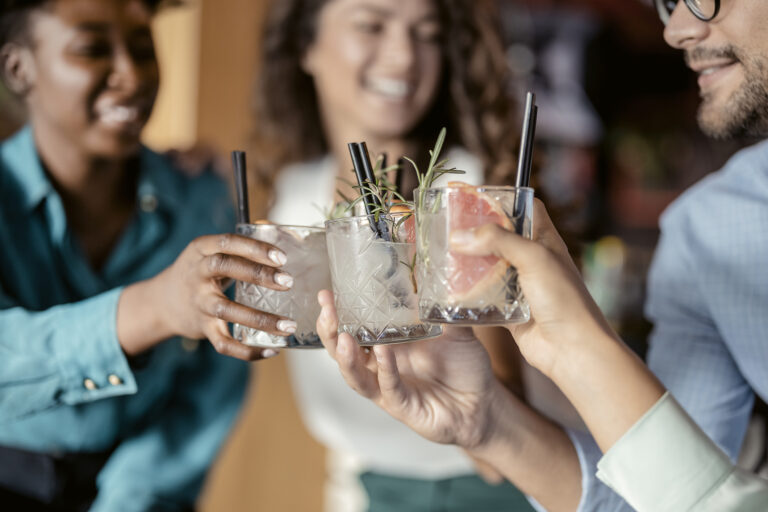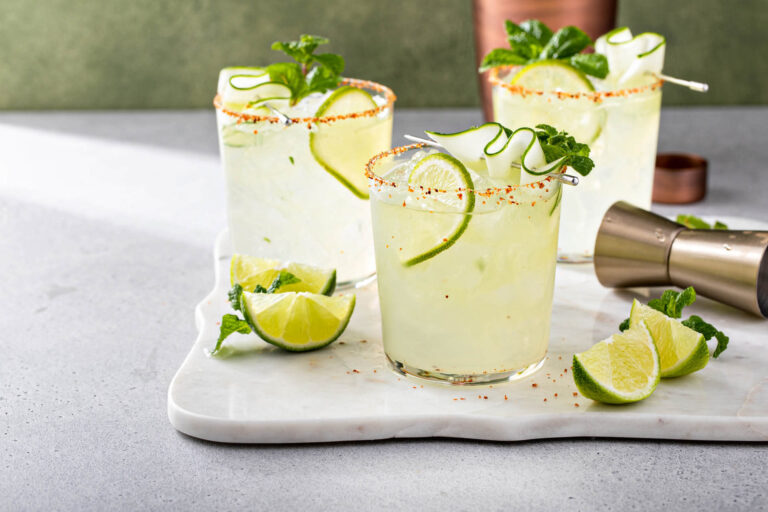22/01/2025
The UK No-Alcohol Market: Key Statistics and Trends
Latest IWSR data shows that no-alcohol beer remains the most dynamic no/low segment in the UK, while growth in no-alcohol wine and spirits has slowed
Market performance
- The total UK no/low market is expected to have more than doubled in 2024 versus 2023.
- Duty changes and beer-focused ABV realignments have delivered a one-off boost to low-alcohol volumes in the past couple of years, but sales are expected to flatline in the longer term.
- The growing popularity and increasing availability of no-alcohol beer continues to be the driver of organic growth. Preliminary data shows no-alcohol beer grew 20% in 2024 vs 2023.
- Volumes of the total no-alcohol market are expected to grow at CAGR of +7% between 2024 and 2028.
- No-alcohol beer now accounts for more than 2% of the UK’s total beverage alcohol market sales.
- Growth of no-alcohol spirits has slowed, but is expected to have grown +7% in 2024 vs 2023.
- While sales of low-alcohol wine fell -5% in 2024 vs 2023, no-alcohol wine grew by +8%.
Premiumisation
- Premium-and-above brands account for two-thirds of no-alcohol beer volume and are a fulcrum of growth.
- No-alcohol wine is dominated by value-oriented legacy brand-lines. Standard and premium brands are growing faster and are the source of greater levels of innovation, but from small bases.
Consumer attitudes
- Recruitment has increased in the past year, with more buyers drinking both no- and low-alcohol beverages, as quality and availability improves, and the wellness trend continues.
- UK no/low buyers are skewed towards younger legal drinking age (LDA) groups, with an even gender split, and are more likely than non-buyers of the category to be higher earners.
- Boomers account for one in four no/low buyers and are more likely than other age groups to be Triallers, drinking no and low-alcohol beverages only occasionally.
- Boomers are most likely to expect to pay less for no-alcohol than full-strength equivalents, or to be unsure about pricing.
- No-alcohol beer and cider are among the least popular beverages among younger LDA groups, with only 22% of Gen Zs purchasing them.
- No/low has increased its on-trade presence, but much of the marketing muscle is expended on no-alcohol beer, which skews towards Gen X and Boomers and has less resonance among trendsetting younger audiences.
Barriers to growth
- Despite an improvement in recent years, the availability of no- and low-alcohol products is still a barrier to greater consumption.
- Securing and maintaining shelf-space in retail is increasingly challenging, particularly against the large presence of no-alcohol beer.
Innovation
- Recent launches are pushing the limits of traditional no-alcohol segments, with brands creating innovative alternatives using a diverse range of natural ingredients and boasting health benefits, such as Botivo, a botanical aperitivo that blends botanicals with aged apple cider vinegar and honey; and Collider, a no-alcohol beer infused with functional mushrooms and botanicals.
- The no/low wine market is seeing a shift from NPD at lower-end prices to more premium products. NPD also focuses on the production process, such as Bolle’s double fermentation approach; Nozeco’s claimed advanced dealcoholisation process; and the use of green tea in the fermentation of Kylie Minogue’s no-alcohol Sparkling Blanc wine.
The above analysis reflects IWSR data from the 2024 data release. For more in-depth data and current analysis, please get in touch.
CATEGORY: No/Low-Alcohol | MARKET: Europe | TREND: Moderation |
Interested?
If you’re interested in learning more about our products or solutions, feel free to contact us and a member of our team will get in touch with you.




